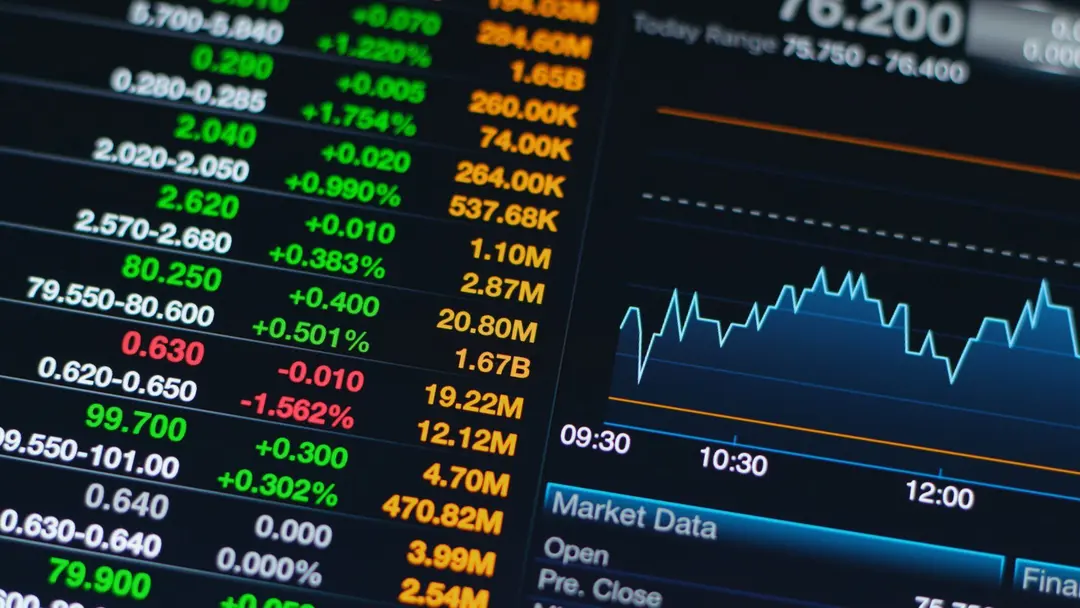Experts suggest more than 50 percent of U.S. households have some investments in stock. In 2020, an estimated 41 percent of the nation’s workers had access to a retirement savings plan through their employer or a union.
However, access to an asset class doesn’t necessarily guarantee people will invest in it. What is it about the current stock market that makes it so appealing to Americans?
Reliable Way to Grow Wealth
Stocks are certainly not devoid of risk. The start of the pandemic last year was terrifying for many retirees and soon-to-be retirees. Between February 21, 2020, and March 20, 2020, the S&P 500 dropped from 3,337.75 to 2,304.92. During the same period the Dow Jones Industrial Average dropped from 28,992.41 to 19,173.98.
Those disconcerting plunges were brought on specifically by a severe pandemic that caused the global economy to grind to a screeching halt in a matter of weeks.
What’s more telling – and likely one of the main reasons so many Americans feel comfortable investing in the stock market right now – is what happened after the plunge; stocks shot right back up.
By November 13, 2020, the Dow had fully recovered and was up to 29,479.81. The S&P 500 had blown past its previous peak and was at 3,585.15 and rising. By all accounts the pandemic cratered industries across the world – but it turned out the fundamentals were left relatively intact.
Market Growth Far Exceeds Savings or Bond Growth
According to Goldman Sachs, stock market returns have averaged approximately 9.2 percent over the past 10 years. How wisely you’ve invested determines whether your investment fell short of that rate of return or beat it.
Most American workers using 401(k)s or IRAs are likely investing in a curated selection of managed ETFs and mutual funds, which usually experience relatively healthy growth if the market is doing well. Plus, stock valuations tend to naturally adjust with inflation in ways a fixed savings account, CD or traditional bond won’t (not counting inflation-protected or inflation-linked bonds).
Savers might be able to get one percent on a five-year CD. Bonds can be great for insulating your savings from volatility and risk, but the average yield for 10-year treasuries in 2020 was just 0.89 percent.
American workers who aren’t planning to retire soon often see little downside in aggressive investment strategies. Even if a newly discovered COVID-19 variant causes panic and selloffs, those investors will probably be alright because they aren’t dependent on their retirement funds for their livelihood.
The market didn’t reach its pre-2007/2008 crash valuations until mid-2013 – but it did recover. By 2017, there was strong, consistent growth that strengthened faith in stocks. A significant percentage of American retirement savers understand a buy and hold strategy, especially when it will span several decades, has a good chance of recovering from losses, even those caused by relatively serious recessions.
Most Americans Take a Set-It-and-Forget-It Approach to Investing
The average American isn’t checking their 401(k) or IRA multiple times a day. Many workers might go a year or more without even logging into their employee-sponsored retirement plan’s dashboard. When you have professionals managing funds that will grow for 20, 30 or 40 years, there’s little need to micromanage. Modern retirement savings options have made it attractively easy to invest in the market.
Whether a worker even notices the sliver of each check that gets deposited into their retirement savings account depends on their own financial situation. In many cases the bimonthly deposits are incrementally small enough that workers don’t feel a difference.
When saving for retirement is, for all intents and purposes, a pain-free and effort-free endeavor, many Americans are happy to partake.
Matching Funds
Another significant factor that likely motivates many workers to contribute to retirement savings accounts are matching funds. An employee can essentially give themselves a five percent raise if their employer will match up to five percent. Failing to maximize matching contributions is essentially leaving money on the table, and many workers who have the financial flexibility to take advantage do so.
Are There Downsides to the Stock Market?
Yes – there are downsides to every potential investment. The drop in the market following the outbreak of COVID-19 is an obvious reminder that stock growth is never guaranteed. How Americans feel about risk is largely dependent on where they are in life. The risk inherent in the stock market is less worrisome if you aren’t forced to rely on those funds today.
Stock market performance can’t be tracked with a single metric. Growth and loss of equity value isn’t uniform across the board. This is a feature, not a bug. The diversity of equity investment opportunities allows good money managers and investment professionals to help safeguard their client’s assets even when the market takes a turn.
At Fullerton Financial Planners, we’re committed to using our extensive knowledge and experience in the stock market to help grow the wealth of retirees and soon-to-be retirees. We can help you develop a plan that takes advantage of growth while protecting your nest egg from unforeseen market forces that can put it at risk.
Call us to discuss your retirement savings options.






